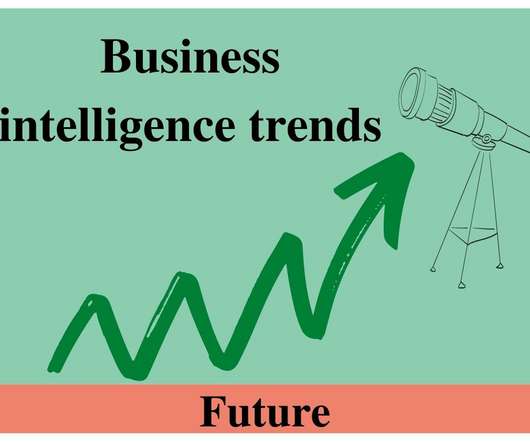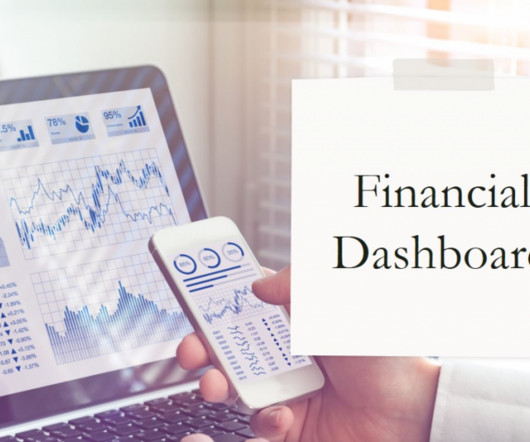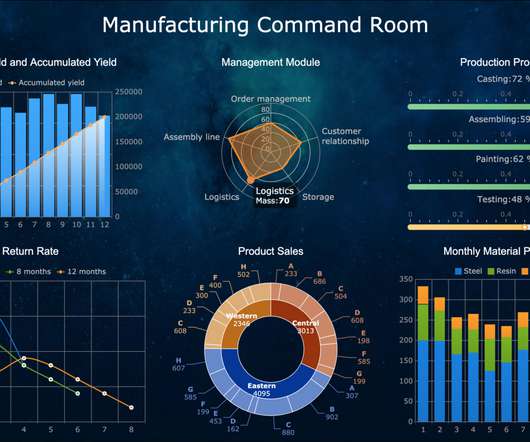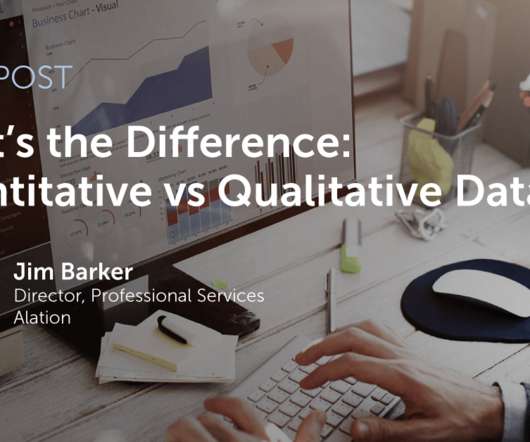Business Intelligence Trends: Pathway to Command Future
FineReport
AUGUST 4, 2021
This makes cutting-edge analysis and business intelligence strategies one of the best advantages companies can have. The more you know about business intelligence trends, the more accurate decision-making you will make. Business intelligence trends to future. State of Business Intelligence trends.














Let's personalize your content